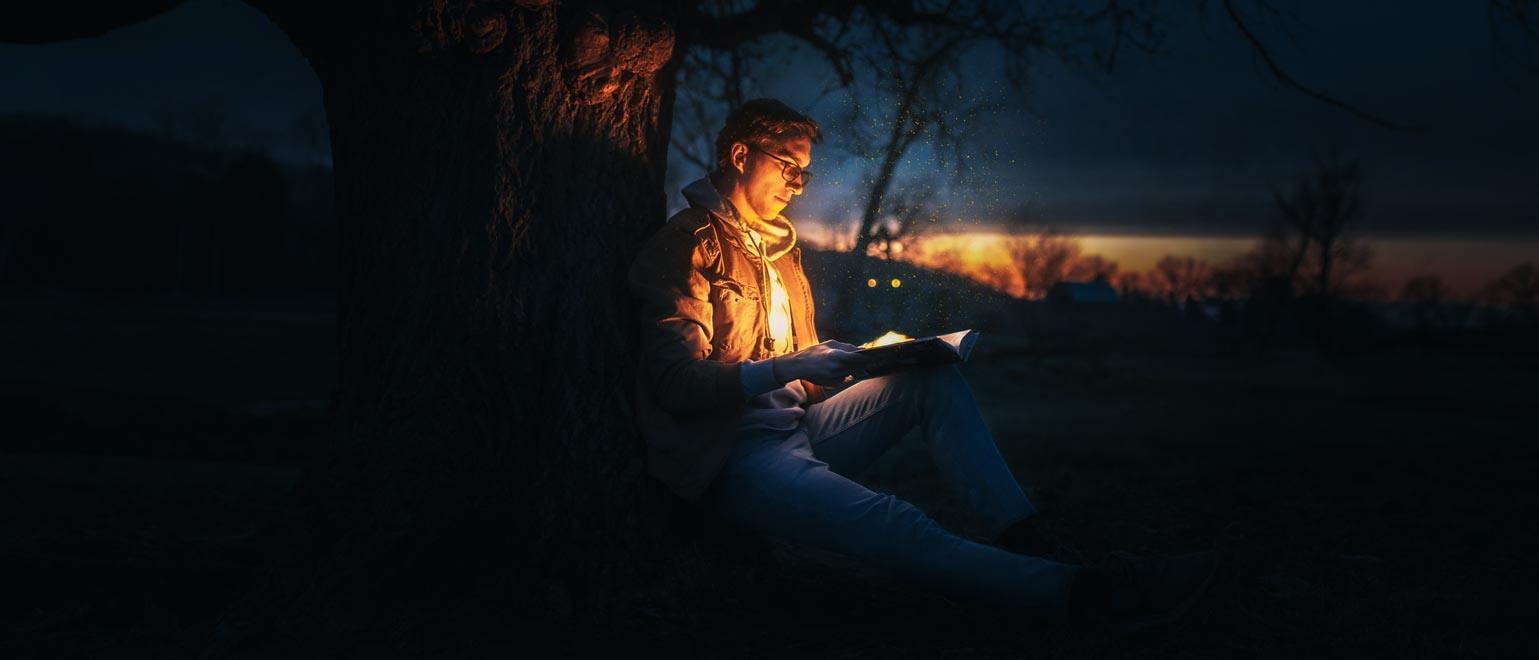Did you know that the right pair of stockings can do more than just elevate your outfit? They can also play a crucial role in preventing health issues like blood clots and varicose veins.
In this article, we'll explore the intersection of health and fashion, focusing on how stockings offer both aesthetic and health benefits. Let's delve into how you can see what varicose veins are and what role stockings play in controlling them.
Understanding Blood Clots and Varicose Veins
The circulatory system can sometimes face challenges, such as varicose veins and blood clots, which not only affect our health but also our comfort and quality of life.
These conditions, often emerging from prolonged periods of inactivity or pressure on the lower limbs, can cause discomfort, pain, and even serious health risks.

Blood clots pose a significant health risk as they can lead to severe complications, while varicose veins are often associated with discomfort and aesthetic concerns.

How to watch out for them?
Though distinct in their nature, both are tied to the health of our veins and blood flow.
If we look at the technical aspect varicose veins are enlarged, swollen, and twisting veins, often appearing blue or dark purple. They occur when faulty valves in the veins allow blood to flow in the wrong direction or to pool. This condition is most common in the legs, where gravity makes it harder for blood to flow back to the heart.

The most common cause of varicose veins are:
Genetics: A family history of varicose veins can increase your risk.
Age: As you get older you are more susceptible to varicose veins.

Gender: Women are more likely to develop them, possibly due to hormonal changes during pregnancy, pre-menstruation, or menopause.
Pregnancy: Increased blood volume and hormonal changes during pregnancy can lead to varicose veins.

Prolonged Standing or Sitting: This can increase pressure on leg veins and can lead to varicose veins
A blood clot is a clump of blood that has changed from a liquid to a gel-like or semisolid state. Clotting is a necessary process that can prevent you from losing too much blood in certain instances, like when you're injured. However, when clots form inside your veins without a good reason and don't dissolve naturally, they can be dangerous or even life-threatening.

These are common causes for blood clots:
Medical Conditions: Certain conditions, like cancer or heart diseases can increase the risk for blood clots.
Surgery: Particularly surgeries in the legs or abdomen, may result in blood clots.
Limited Movement: Long periods of bed rest or sitting leads to a higher risk of developing blood clots.

Smoking: This directly affects the circulatory system hence causing blood clots.
In some cases even birth control pills may lead to an increased risk.

The first and foremost line of defence against both blood clots and varicose veins is to watch out for symptoms.
Here is a list of symptoms you should not ignore:
If you notice veins in your legs that are dark purple or blue, or if they appear bulging and twisted, it's important not to overlook these signs. Varicose veins often manifest as an achy or heavy feeling in the legs, a symptom you shouldn't ignore.

This condition may also present as burning, throbbing, or muscle cramping, accompanied by swelling in the lower legs. Additionally, pay attention to pain that originates in your calf, often described as cramping or soreness, as well as any redness or discoloration of the skin on your leg.

A sensation of warmth in the affected leg is another indicator that warrants attention. These symptoms collectively could be signalling the presence of varicose veins, a condition requiring medical evaluation for proper management and care.

Varicose veins can cause discomfort and lead to complications like ulcers or sores on your legs, bleeding, and superficial thrombophlebitis, a condition where a varicose vein becomes inflamed and forms a blood clot.

Blood clots can be extremely dangerous. A clot in a vein close to the skin's surface causes pain but is generally not harmful. A clot in a deeper vein, known as deep vein thrombosis (DVT), is more serious. It can break loose and travel through your bloodstream to your lungs, causing a pulmonary embolism, which can be fatal.

While genetic factors cannot be altered, lifestyle changes can help reduce the risk of both conditions. Regular exercise, maintaining a healthy weight, avoiding long periods of sitting or standing, and wearing compression stockings are effective preventive measures.
Proactive measures that you can take
How Compression Supports Circulation
Ever wondered how compression stockings work? It's pretty neat, actually. These special stockings give your legs a gentle squeeze, starting stronger at your ankles and then easing up as they go higher.
This squeeze helps big time in getting the blood in your veins to flow back up to your heart more efficiently. Think of it like giving a little boost to your veins so they don't have to work so hard.

This is super helpful in stopping your veins from getting all stretched out (which is what happens with varicose veins) and keeps the blood from just hanging around in your legs – a big no-no since it can lead to blood clots. And if you're the kind of person who's on your feet all day or stuck sitting at a desk, these stockings are like a secret weapon to keep that blood moving the way it should.

How and why do stockings come into the picture?
As we have seen that stockings are a little helper for your body’s circulatory system. They give your legs a friendly squeeze, which is actually a big deal for your veins. This squeeze means your veins don't have to work as hard to move blood around.
It's like giving them a little pep talk to keep things flowing smoothly and quickly, which is especially important for the big veins.

But wait, there's more! These stockings aren't just about keeping blood moving. They're also great at keeping swelling and pain at bay, especially if you're dealing with pesky varicose veins or the risk of blood clots. Wearing these stockings regularly can be a real game-changer in feeling more comfortable and less achy.
Understanding Compression Levels
Stockings come in various compression levels. Light compression (15-20 mmHg) is suitable for mild symptoms and preventive care, while higher levels are often recommended for more severe conditions.
The correct stockings for you
While choosing a stocking it's vital to look for ultimate comfort. It's important to remember that you will be wearing these stockings regularly for elongated periods of time.
Getting a stocking that fits you perfectly and is tear proof will ensure it lasts you a long time while giving maximum comfort and style.
And there you have it – the lowdown on how compression stockings can be your legs' best friends. They're not just fancy socks; they're like a secret health hack for keeping those veins in check and saying 'no thanks' to the aches and pains of varicose veins and blood clots. By giving your legs that gentle squeeze, they're doing the heavy lifting to keep your blood flowing just right and helping you dodge the discomfort that comes with these conditions.

So, next time you think about your leg health, remember that a little compression can go a long way. It's all about giving your legs the love and support they need to carry you through your day, every day. And hey, who knew that something as simple as a pair of stockings could be such a game-changer for your health, right?

Did you learn something new here? I hope you did and you fearlessly go ahead and take whatever actions necessary to get your legs on the right track.
FAQs
Are stockings suitable for all age groups?
Yes, they can benefit people of all ages, especially those with risk factors for poor circulation. Even if you are looking for proactive prevention, stockings are comfortable and perfect for everyday wear.
Can I wear compression stockings during pregnancy?
Compression stockings are often recommended during pregnancy to prevent varicose veins and swelling. However, consult with a healthcare provider for personalised advice.
How do I know if I need compression stockings?
Varicose veins are often caused by genetics, ageing, hormonal changes in women, pregnancy, and prolonged sitting or standing. They can appear as dark, bulging veins and cause leg discomfort. Blood clots, potentially dangerous solidifications of blood, can result from medical conditions, surgery, immobility, smoking, and certain medications. Symptoms like leg pain, swelling, and skin changes need attention.
Pay close attention and screen yourself for these symptoms and take preventative measures or consult a medical professional.
Can compression stockings help with leg fatigue?
Yes, by improving circulation, they can help reduce the feeling of tired, achy legs, especially after long periods of standing or sitting.
Are there any side effects to wearing compression stockings?
When properly fitted, compression stockings are safe to use. However, ill-fitting stockings can cause issues like skin irritation or discomfort. Its vital to choose the correct size and tear-proof tights to make sure that you have the ultimate comfort for a long time.
How tight should health-beneficial stockings be?
They should be snug but not uncomfortably tight. It's important to choose the right size and compression level. Light compression (15-20 mmHg) is suitable for mild symptoms and preventive care, while higher levels are often recommended for more severe conditions.
Link:
Use of stockings for varicose veins
About me:
Hey there, I am Arushi. A self-proclaimed bookworm, you'll often find me lost in the pages of a novel, but when I'm not, you can bet I'm scrolling through the latest fashion blogs and pages – because why settle for one form of storytelling when you can have both literature and style in your life, right?
Life for me is a grand experiment, a chance to try something new every day, even if it means being gloriously bad at it. After all, who said you can't conquer the world with a smile and a touch of whimsy?





